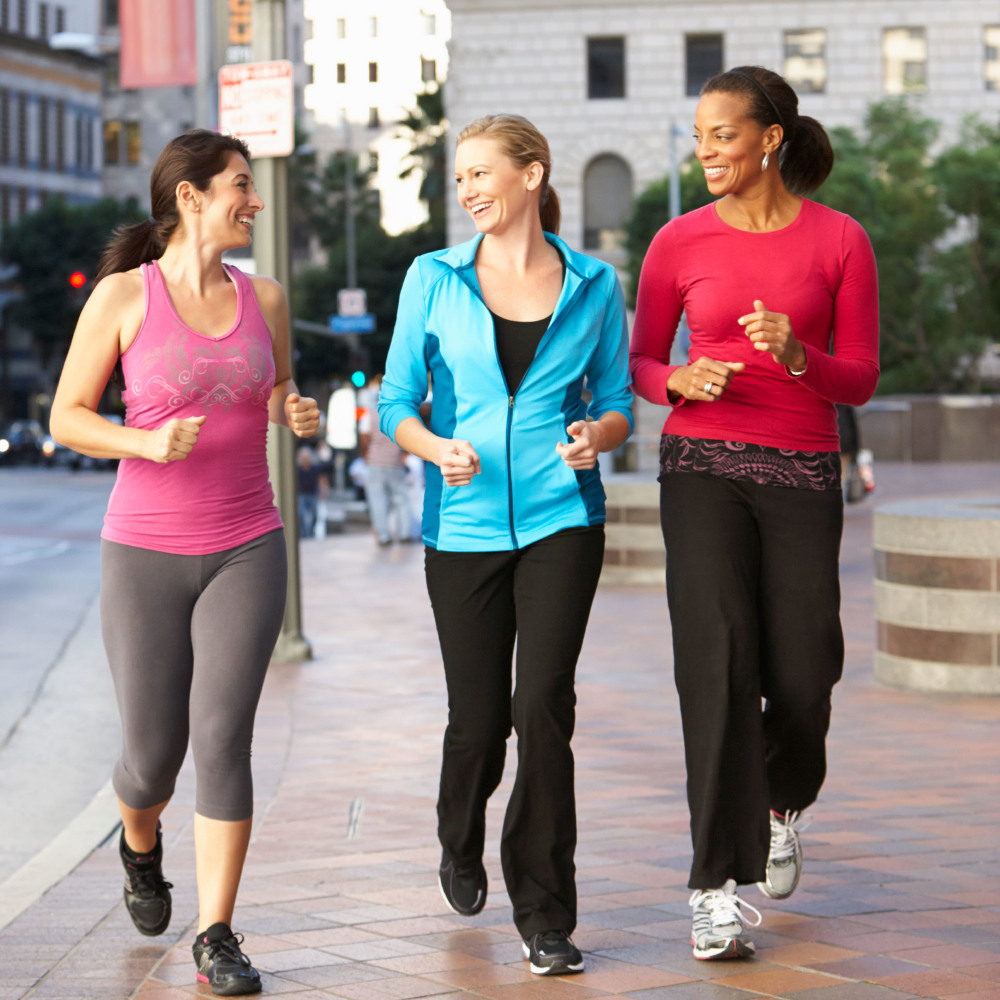
It’s a beautiful summer’s day. Jane has just completed the last online meeting in her home office at around 5pm, and after a day at her desk she’s keen to get her body moving. Pre-Covid she used to commute from an inner-city office block and would stop at the gym for an hour’s workout before heading home. Nowadays, she’s more in charge of her own life and time and can exercise when and where she likes. She’s copped on to a great way to keep herself happy, healthy and wealthy: she’s taken up walking, and it’s changed her attitude to exercise - for life.
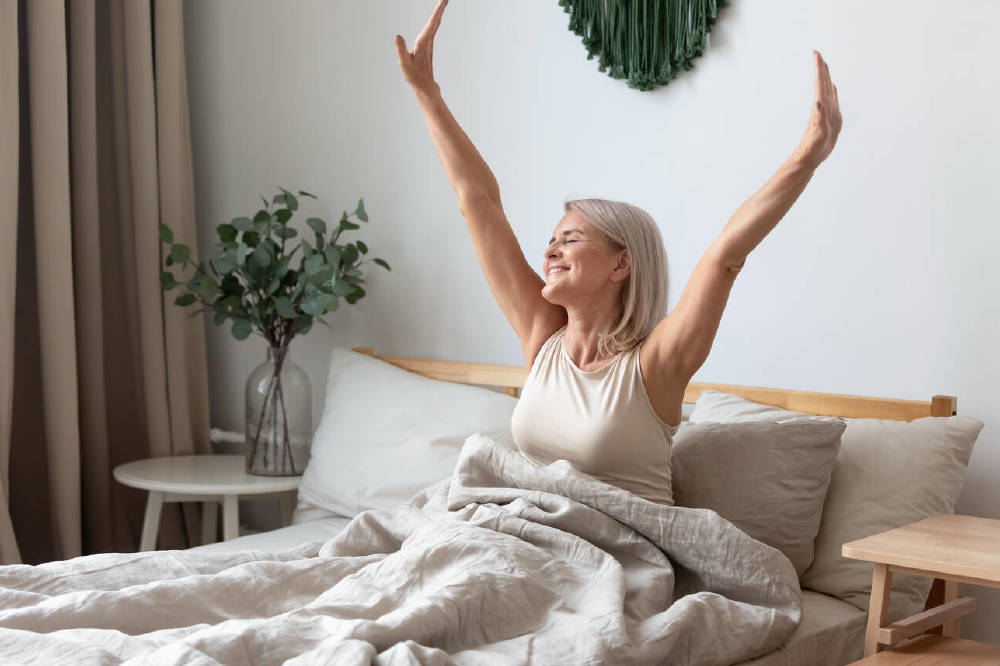
Walking is good for the body from the inside out
The simple act of walking mobilises around 100 joints and 700 muscles and is one of the gentlest ways to exercise your entire body. Particularly for those of us who consider ourselves unfit or ‘non-sporty’, walking is the ideal way to take the first steps (pun intended) towards living a healthier life. But competitive sportspeople can also increase their fitness and endurance levels through regular active walking.
- Heart-to-heart: Walking is good for the cardiovascular system. A brisk walk gives your heart and lungs the workout they need to make them stronger and more efficient over time. Keeping a steady pace maintains your heartbeat at a healthy level and helps prevent high blood pressure.
- It’s a slow burn. Walking helps to burn calories in a gentle way. Although the body already starts metabolising after the first minute of movement, it is only after a good half-hour of walking that the ‘fat burning’ process gets into full swing. This means a brisk 30-minute walk could burn up to an additional 150 calories per day.
- Get strong and flexible: Interaction between core, arms and legs as they swing you through your stride will help strengthen your muscles and you’ll build flexibility with your warm-up stretches before your walk and as you take breaks to rest and stretch in between.
- Boost your immunity: You’ll also be stimulating the number of white blood cells circulating in your blood system, so your immunity to infections will receive a boost.
- Step up so you can snuggle down: A good day starts with a good night’s rest: taking a daily outdoor walk that exposes you to daylight in the morning will help set your body-clock to a more regular sleep rhythm. You’ll sleep better and longer over time.
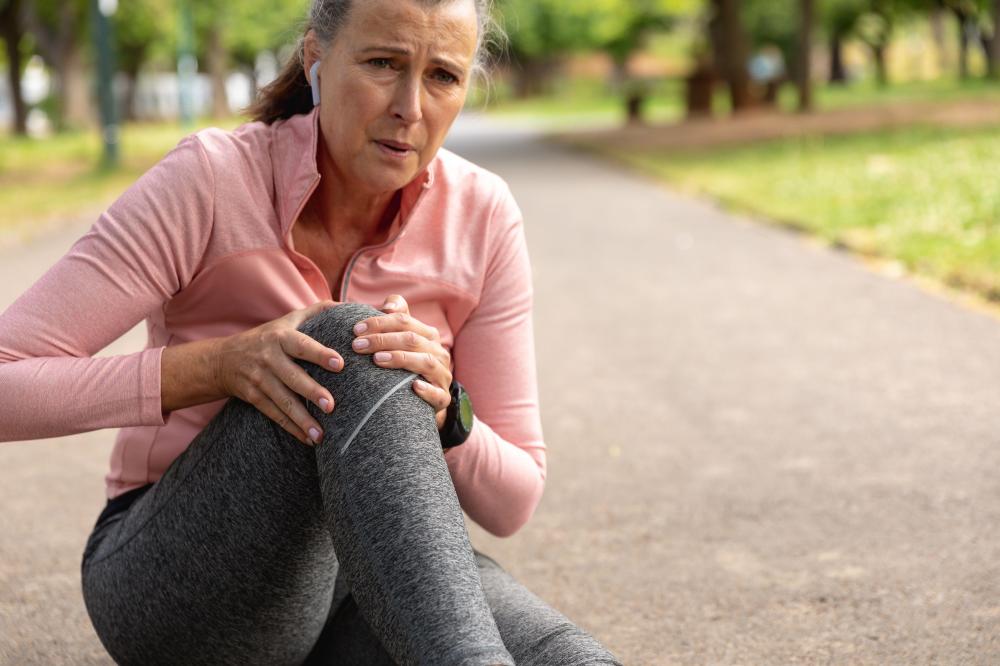
Walking versus jogging: slowly but surely takes the day
Remember the tortoise and the hare? Well, there’s a lesson to be learned there, too. We don’t want to ‘diss’ the joggers out there who love their sport because if you’re really fit and capable of running or jogging quite fast, then indisputably this burns more calories at a faster pace than walking does. However, for most typically non-athletic people (like the rest of us here) there is not much difference in the amount of energy used by walking a kilometre or running a kilometre.
While you may initially experience a more rapid weight-loss through jogging, various studies have shown that the long-term effects of regular walking on weight control and maintenance are similar to and sometimes better than (because more constant) those of jogging.
When it comes to the effects of high impact on the joints and cartilage, walking is safer since there is always one foot in contact with the ground at all times. However, when jogging there is an instant when the body is airborne, and the landing impact causes more wear and tear on the joints and cartilage.
Walking is easier on your joints and produces fewer injuries than running. Each pace in walking results in an impact on the ground of about one and a half times your body weight, while runners hit the ground with three times their body weight.
Because walking is slower and less stressful, you are able to enjoy your surroundings more than when running, and it’s also less disruptive to your day since you don’t have to plan ahead to take a shower straight after a walk, as you do with a run. So even when it comes to looking good, walkers will never have a bad ‘hare’ day.
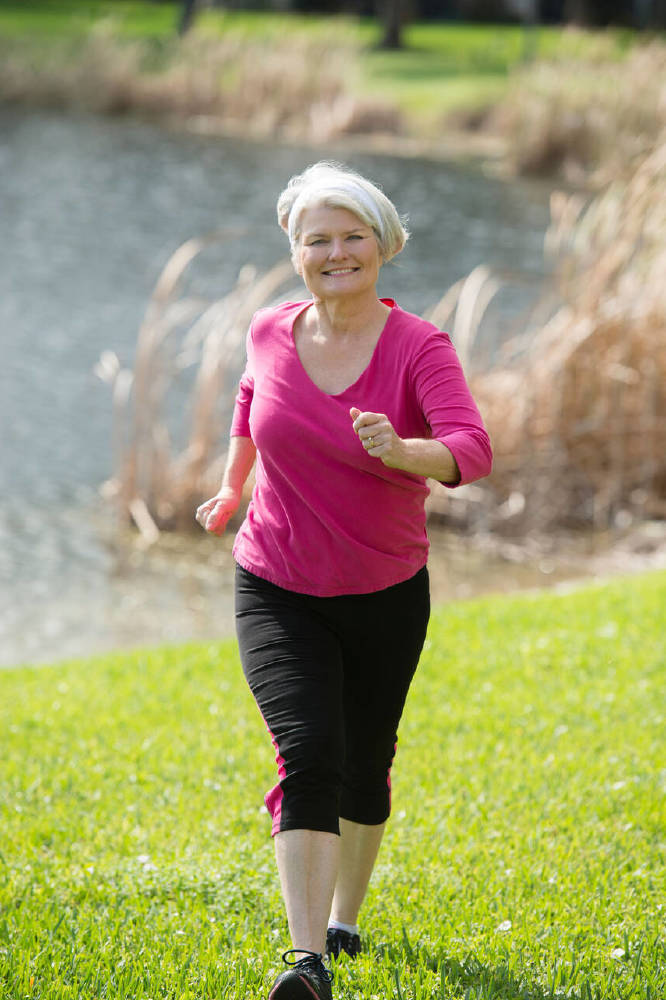
Yes, walking is slower, but this doesn’t mean you can be a slouch
Now that you’ve decided to become a walker: do it well! Walk upright, don’t let your shoulders droop, lift your chest a little – that’s right! Keep looking ahead, focus on the horizon – you’re striding out to face the day, remember. Keep those arms moving, too: elbows bent at right angles, shoulders and arms loose and flexible, moving in harmony with your body in a pleasant, easy swing. Upper body still, tummy muscles firm; hips steady, butt slightly flexed. Keep those feet parallel and facing forwards, as you place your feet heels first and roll forwards onto your toes before lifting off again. Breathe evenly. Your pace should be brisk and yet still allow you to talk to someone while walking. Don’t take huge, slow steps: rather keep them moderately wide and quick. As you’ve probably realised by now, walking is a whole-body movement and it’s not just about the legs and the feet. That’s why it’s so good for you all round. You can learn more about improving your walking technique from Joanna Hall, founder of WalkActive, on her website www.walk-active.com.
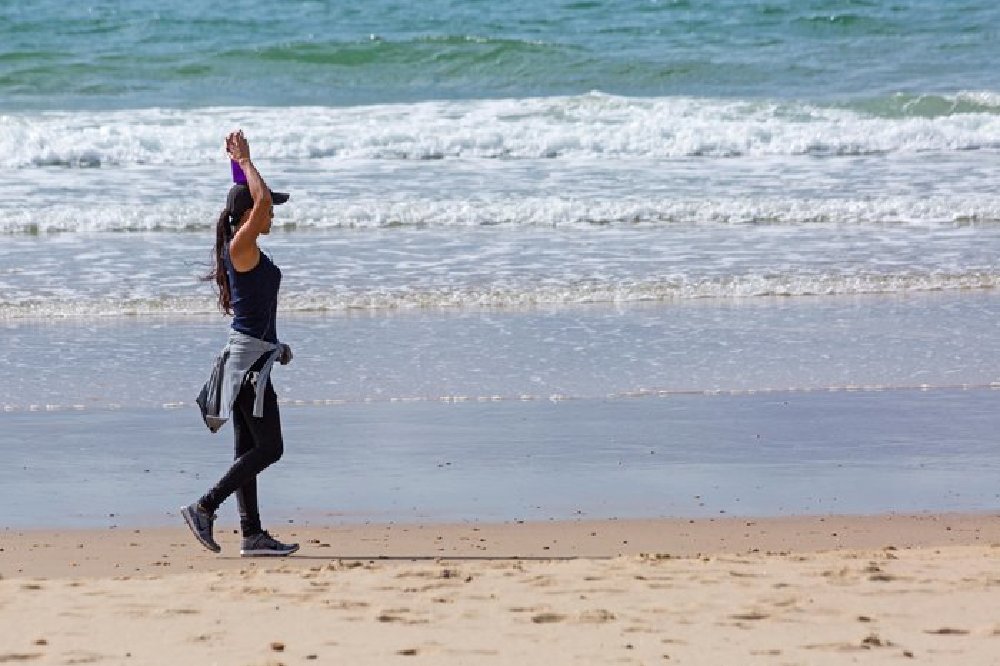
For that extra bit of Vitamin D, try beach walking
Walking is good for you and adding sand into the equation makes it even better: it requires more effort than walking on a static surface and the extra effort will help to strengthen your core muscles and ankles. Not to mention toes, as they grip the sand. Walking along the water’s edge with the waves lapping at your feet stimulates blood circulation in the feet and lower legs. You’re always likely to catch just a tad more sunshine on the beach, no matter the weather, and we all know how good Vitamin D is for body and soul. The increased resistance from walking on an uneven surface strengthens the muscles between feet and back, particularly calves and glutes. While these are obvious benefits, do be careful that the uneven surfaces don’t trip you up, or that you don’t cut your feet on shells or broken glass, and don’t be fooled by overcast weather – you still need to use sun protection creams and UV protective clothing.
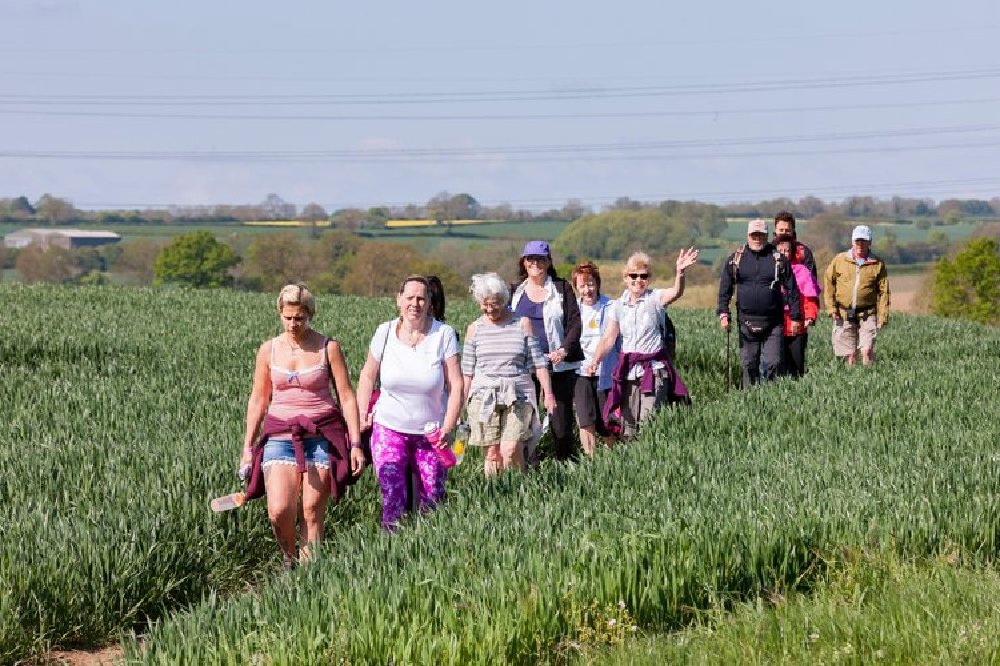
Walking proves, yet again, that the best things in life are free
There aren’t any gym membership fees or expensive outfits required before you can embark on a walking career! It’s the freest sport form in more ways than one: no membership, no monthly subscriptions, no fees, no outfits, no gear. There are also no timetables or schedules to adhere to, and nor do you have to be in a specific location to practice your sport. You can do it when, where, how and with whom you choose. Of course, safety is a factor, and it wouldn’t be wise to go walking in a field alone at night or heading out across a deserted city scape after dark on your own. Although no specific gear is required, if you’re walking in the countryside, sturdy footwear is advisable, but make sure that there is soft inner support where it counts. Walking in the city means less rugged surfaces, but more high impact on asphalt, so a good pair of jogging shoes should do the trick. For serious city walkers, special walking shoes with rounded soles that help you “roll” forwards are available. Its best to get professional advice in this regard, though, because the right footwear can make all the difference.
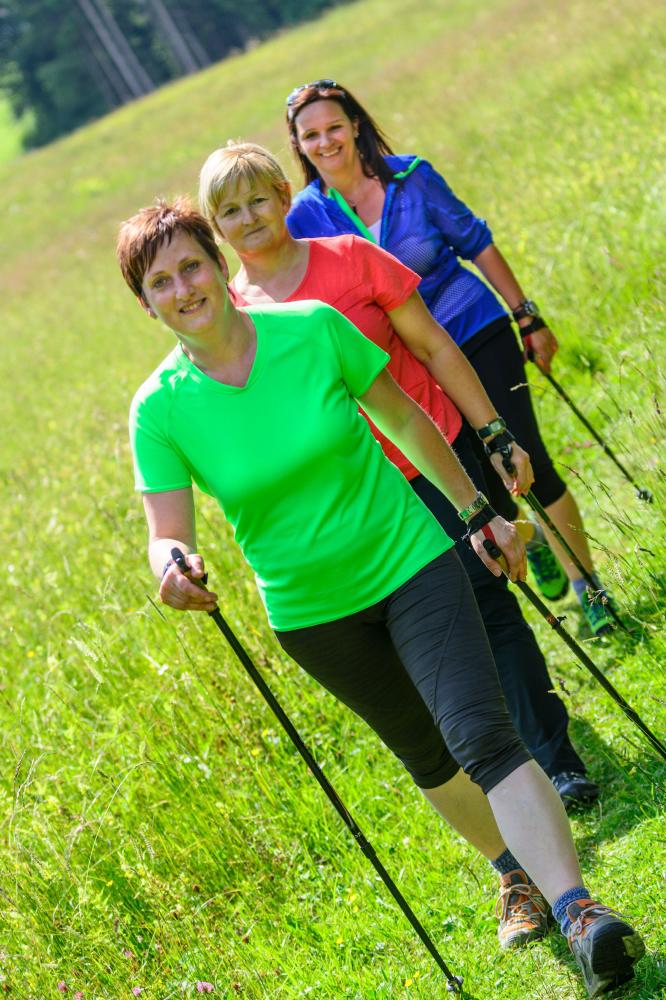
What’s this Nordic Walking thing?
Nordic walking involves the use of special walking poles which help to propel you forward and involve many more muscles in the upper body, too. It really is an intense full body workout, and in addition to feet, legs and pelvis, the upper body and arms play a significant role in the activity, too. This means that Nordic walking causes more oxygen to be consumed, and increased muscle use maximises the energy and calorie consumption as the legs have to work even harder than in normal walking. Originating in Finland as a summer activity to keep cross country skiers fit, this high intensity yet low impact sport is suitable for all ages and fitness levels and is also great for firming the abdominals and upper body muscles. You do need to bear in mind, though, that by comparison with regular walking, Nordic walking might restrict the places you can carry out your exercise and, of course, the equipment will leave you a little out of pocket, too.
Me, myself I
Walking time is talking time:
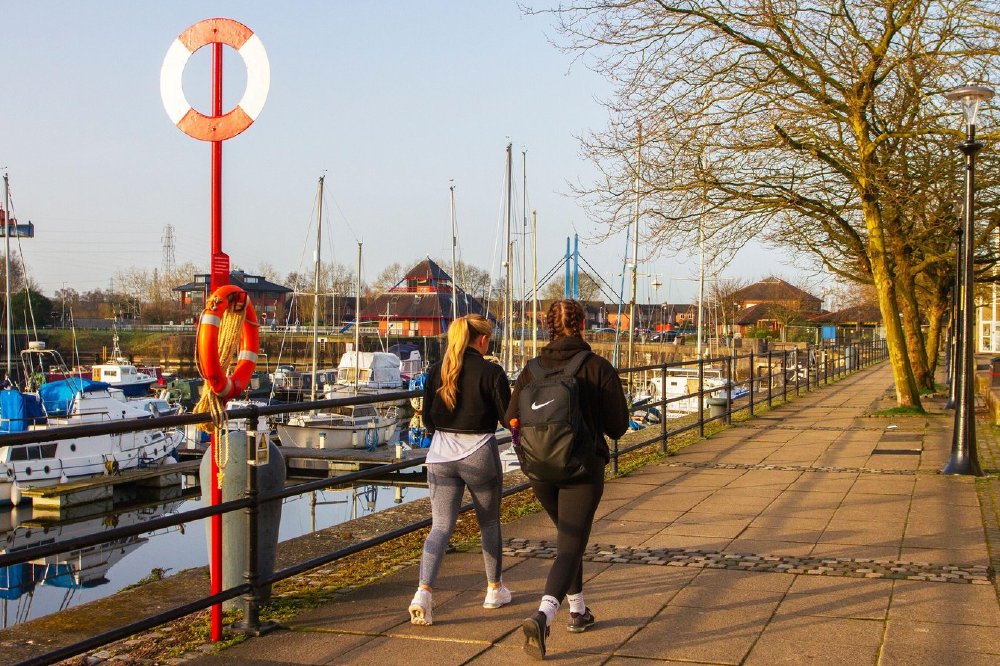
Chat in a walking group, ramble with a friend, or talk to yourself:
- Me, myself, I: Striding out across a country meadow or wandering through the park could create an opportunity to be alone with your thoughts and have a good conversation with yourself. No-one to argue or dissent – just you and your mind. The perfect way to clear your head, resolve an issue, or come up with your next great creative scheme!
- Group Chat: Yet it’s also a very companionable activity, with organised walking groups providing a ready-made circle of fellow walkers and talkers. There are groups like The Ramblers, Britain’s biggest walking community, or the Sunrise to Sunset Hikers in the US, but if you’d like to contact local walking groups on your doorstep, sign up on the Meet-up App (available on the Google store) and grow your social circle, too.
- Peace, brother: If you’ve had a disagreement or some tension in a relationship with a friend, child or romantic partner then going ‘for a walk’ can be the perfect way to create an opportunity to talk things through. There’s something about the shared path, moving forward while keeping abreast, the sound of breathing beside you, which encourages calm communication. Don’t turn it into a race or a marathon, though: after all, the idea is to connect.
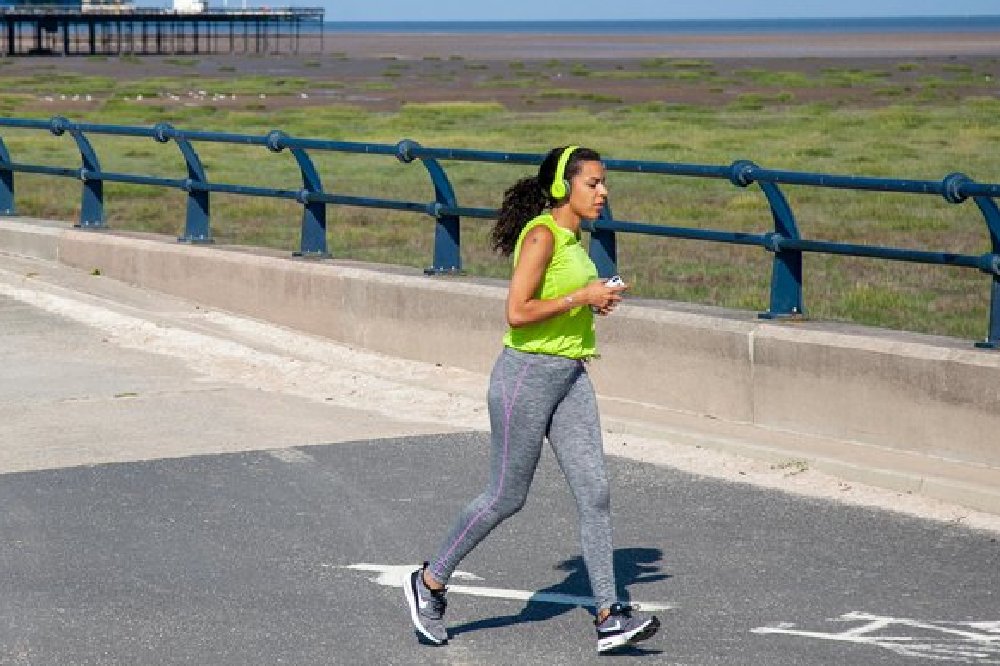
While the body is moving, you can also listen and learn
The wonders of the headphone are not to be underestimated when it comes to turning a walk into a totally immersive experience. The world of stories and podcasts can make your walk fly by: subscribe to an app like Audible or Scribd and be entertained along the way as you walk. Use the time to listen to your favourite music, focusing on the lyrics, the beat, the harmonies, as they resound in your head while you walk along your usual route. Finding difficulty slotting in time to exercise while you’re studying for an exam, or catching up on readings for a course? Kill two birds with one stone as you get into the mind-body zone with your audio recordings occupying your mind, while your body marches actively forward at a steady pace. I even know of a woman who listens to her emails and dictates her responses into an audio app while she is doing an active walk. (Yes, there is always an over-achiever in the room, isn’t there! :-) )
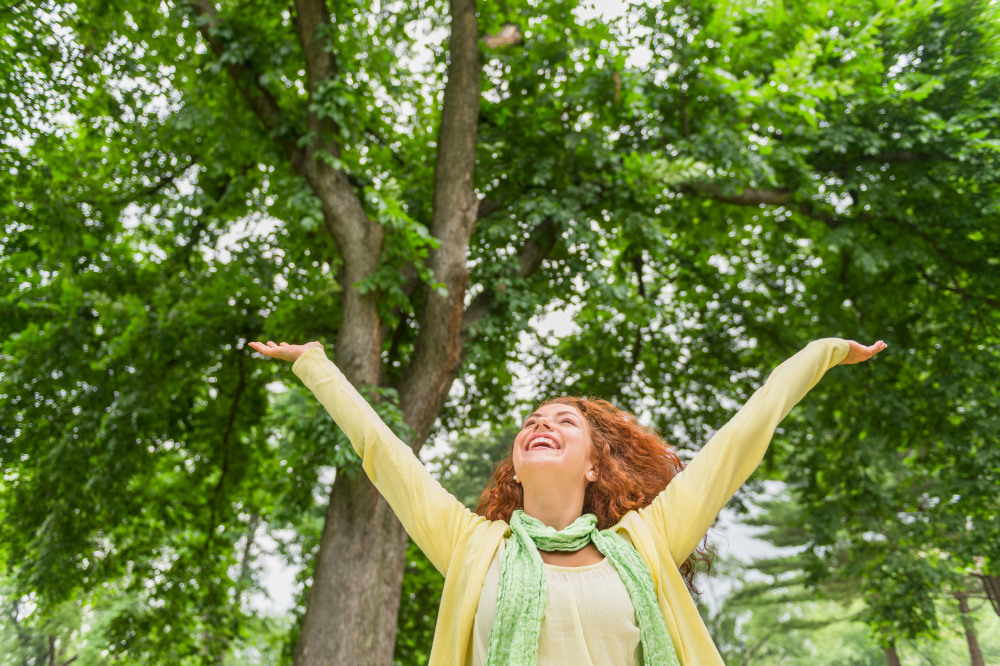
Walking makes you happy and helps you beat the blues
In his global bestseller, “The Power of Now”, Eckhart Tolle, like many other philosophers young and old, expounds the virtues of living life in the present. There’s nothing quite like a country walk to “keep you in the now”, as your mind focuses on the natural beauty as well as making sure you tackle slippery slopes, steep hills or country stiles with care. Concentrating on the next footfall and focusing on your breathing and your balance helps to clear the mind of clutter and stimulates your sense of presence. Regular low intensity exercise can be as effective as anti-depressants for some people, as it helps release hormones such as dopamine, which decrease stress and depression. You can brighten a bad day by taking a brisk walk as this increases blood flow to the brain, which initiates the release of mood improving endorphins. Physical activity also increases the levels of chemical messengers which boost mental alertness, focus and attention: no more ‘fogginess’ in the head after a refreshing ramble.
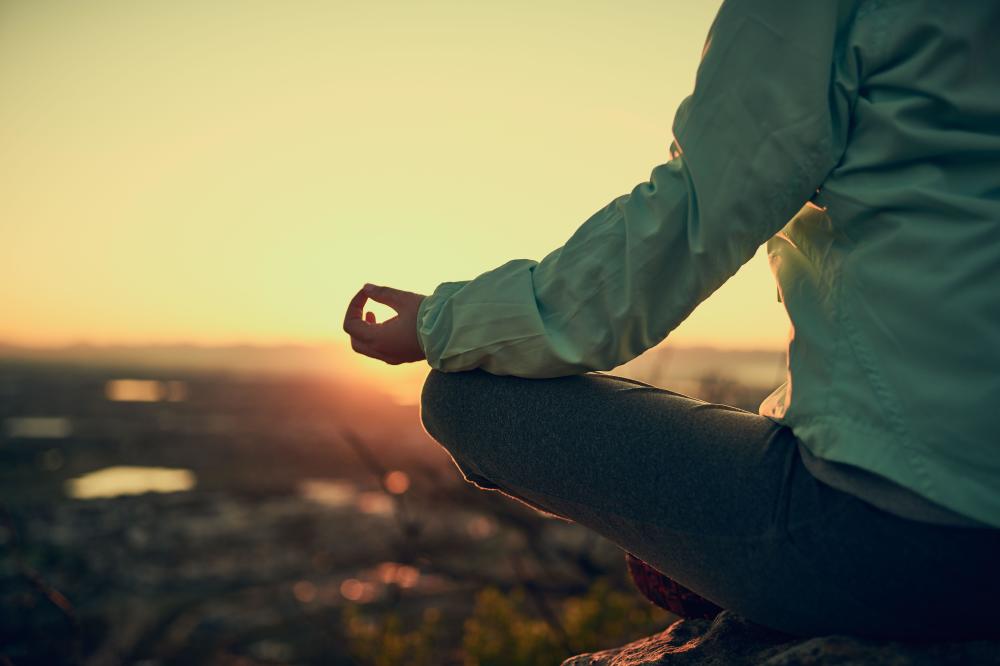
Making movement into meditation – Winnie the Pooh leads the way
It’s not only Winnie the Pooh who sometimes paces back and forth thoughtfully, mulling over not much of anything at all. He shows us that we should sometimes enjoy the process and not just rush towards the end goal. In many ways, that’s what meditation is all about. But, as Pooh demonstrates, not all meditation requires stillness and walking meditation is a simple practice for mindfulness and stress reduction. This can take the form of a slow and repetitive walk, with deliberate pacing of 15 to 20 steps in one direction and then turning and repeating the route several times, arms held still behind your back and eyes focused ahead, breathing deeply and steadily. Focus on every step, feel the roll of each foot as it touches the ground and lifts again. Head balanced and still on your shoulders, observe how your body feels, what you see and what you hear as you walk. Be completely in the now.
You’ll be amazed at the regenerative mental effects of doing this exercise continuously, for 10 minutes daily. And in the words of the wise little Pooh, “Always watch where you are going. Otherwise, you may step on a piece of the forest that was left out by mistake.”


